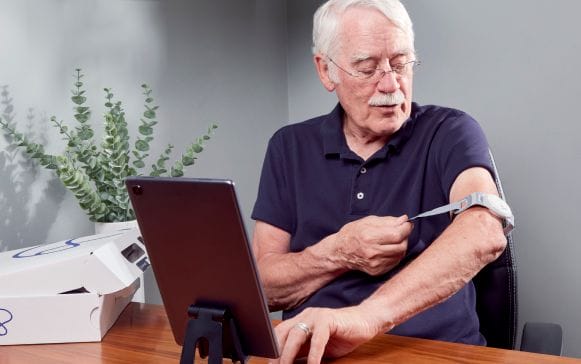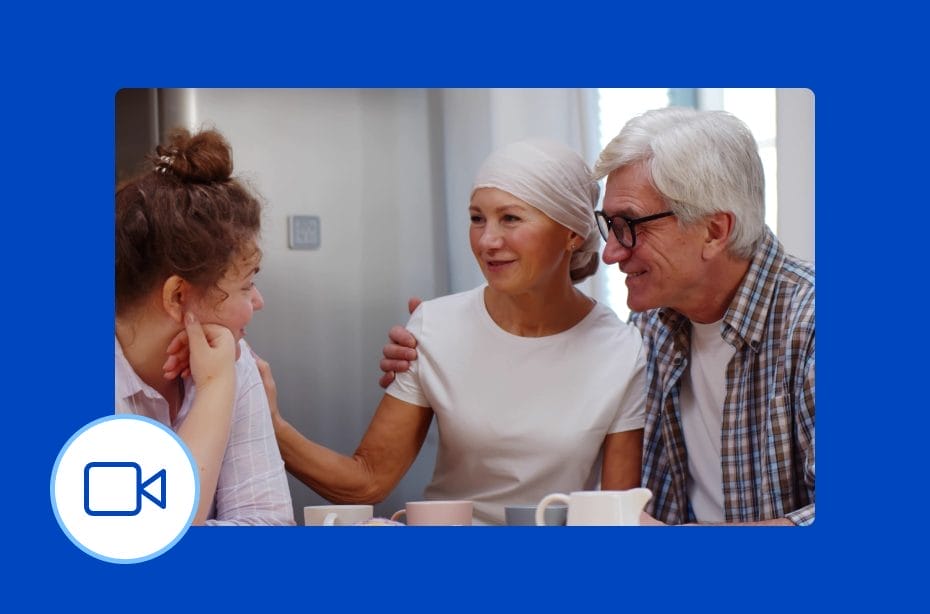Meet the Team: Q&A with John McLean
John McLean recently joined our team as Chief Growth & Financial Officer. Learn more about his experience growing healthtech companies and what brought him to Current Health.
What was your background prior to joining the team?
My foray into healthcare began at Best Doctors, a platform for patients to receive a second opinion for complex medical issues. This was back when the concept of healthcare consumerism was beginning to take off and tech companies were racing to put decision-making power into the hands of patients. I helped lead the company through the acquisition by Teladoc where we integrated the second opinion service into Teladoc’s care offering.
My tie to healthcare consumerism continued with my move to Kyruus, a patient-provider matching company helping health systems route patients to the right care. At Kyruus, we saw health systems expand how they delivered care in order to meet patient demands for convenience. To help our customers create a better patient experience, I helped build partnerships with companies like Uber and Salesforce.
Why did you choose Current Health?
I see remote patient monitoring as a natural extension of the industry’s focus on transitioning healthcare to the home, improving patient experience and reducing the cost of care. As I researched the space, Current Health stood out as having the most sophisticated technology that I believe can bring patient care into the homes of the sickest patients. I was also impressed by Current Health’s holistic approach to at-home monitoring. The platform has integrated full-blown telehealth capabilities into the platform so that providers can check-in with their patients at the click of a button. Having this direct access to high-risk patients within their home—no app download needed— is critical, especially now.
Now that you’re here, what excites you most about the company?
I believe the ability to proactively intervene through early identification of health deterioration will change healthcare delivery. This will be especially important as we expect the percentage of the population over 65 to grow and experience an increase in chronic conditions. And now with changes in reimbursement, not to mention the hospital capacity this frees up, incentives are finally aligned for health systems to take this proactive approach. My career has shown me where patient satisfaction goes, the industry will follow, and I think that patients are demanding care for themselves, and their loved ones, outside the hospital.
Taking a step back, what do you see as the biggest opportunities for remote patient monitoring and telehealth?
Joining Current Health during COVID-19 has really highlighted the opportunity for remote monitoring to save lives. Most immediately, it helps create capacity within health systems so that they can safely isolate and treat COVID-19 patients. Through this technology, patients can receive hospital-level monitoring and care from the safety of their home. Long term, I see remote monitoring playing a role in large-scale population health efforts. Our work with Mayo Clinic is one example of the impact remote patient monitoring can have on understanding progression of disease. Similarly, the ability to provide objective data on a patient’s day-to-day health during a clinical trial can provide unprecedented insight into adverse events, sub-population benefit and the efficacy of a therapy. The role of remote patient monitoring has never been more important and I expect it to be incredibly influential in helping us find our way out of this pandemic.


